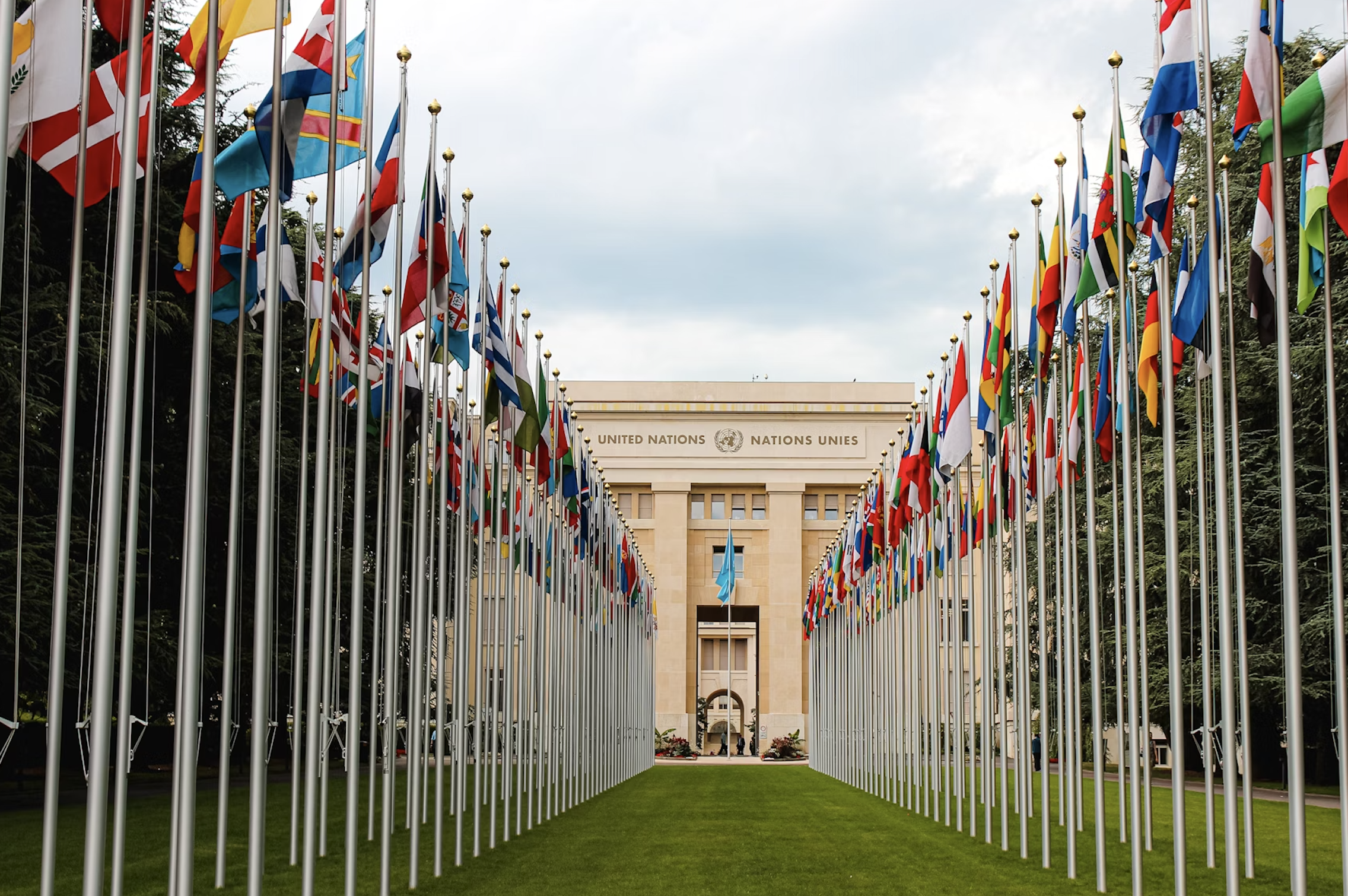
Tom Shipley is a Research Fellow at the Centre for the Study of Corruption, embedded within the GI ACE programme. His work focuses on state capture in Sub-Saharan Africa and the role of international institutions in driving anti-corruption reform.
The concept of state capture draws attention to the ways in which elites manipulate laws and institutions to serve their own interests; the most powerful corrupt networks are not simply rule-breakers but rule-shapers. With state capture on the rise globally, what does this mean for implementation of the United Nations Convention Against Corruption (UNCAC) – the international treaty which has done so much to influence the design of legal frameworks and institutions on the anti-corruption field’s home turf?
Last week the UNCAC Implementation Review Group, the body which oversees peer reviews of country implementation of the Convention, met in Vienna. This is one of several meetings to prepare the ground for the next Conference of the States Parties (CoSP), a big biennial meeting bringing together various Convention stakeholders, due to be held in Doha in December. The meetings take place in troubled times for the anti-corruption community. The normative environment of the early 2000s which saw states, through UNCAC, recognise corruption as a global societal ill, looks increasingly fragile. Political leaders engaging in blatant acts of corruption are in the ascendency, even in states which originally espoused global anti-corruption norms.
As it has aged UNCAC itself has come in for sustained criticism. An outcome of political negotiations between states, the focus of the Convention on criminal justice is limiting and its scope now looks somewhat outdated in terms of issues covered. The Convention moreover lacks an effective accountability mechanism. The current Implementation Review Mechanism (IRM) based on government-to-government peer review has been agonisingly slow to implement, insufficiently consultative, and lacking in transparency.
At the risk of painting too sombre a picture, the growth of state capture adds to the woes of the Convention. In the GI ACE programme we think about state capture as a type of corruption whereby narrow interest groups take control of the institutions and processes through which public policy is made, directing public policy away from the public interest, and instead shaping it to serve their own interests. This distinguishes capture from other forms of corruption, such as bribery, which involve breaking rules, and brings into scope “legal” forms of corruption. State capture merits special analytical attention because it illuminates the strategies corrupt networks employ to grab power, re-organise key pillars of the state to serve their own ends, and privately accumulate vast wealth.
A recent submission made by the UNCAC Coalition to the Implementation Review Group sets out the threat posed by capture to the Convention. In short, the institutions UNCAC places such a priority on promoting worldwide, particularly justice and law enforcement bodies, are common targets for captor networks, for obvious reasons. As long as independent and functional, these institutions pose a direct threat to captor networks; but if under captor control, they can be a powerful tool to use against opponents. Various cases from South Africa to the United States illustrate this phenomenon in action.
For now, risks of institutional manipulation and subversion seem to be a blind spot among the stakeholders implementing the Convention, which starts from the premise that all corruption takes an illegal form and that all state parties have an interest in countering it. While the notions of grand corruption, or corruption involving vast quantities of assets, have previously permeated discussions in UNCAC circles, the terms do not really cut it for analysing the issues described. They put the focus on individual cases of elite corruption, missing the organised and systemic nature of much of this corruption, as well as the broader links to democratic breakdown.
Changing the terms of the conversation is politically difficult but incremental changes which pack a punch are possible. It is important not to lose sight of the fact that UNCAC instigated two decades of action on corruption, retains huge convening power, and still provides a basis to hold state parties to account for their legal commitments on anti-corruption. The text of the Convention is replete with principles which stand in opposition to capture including protecting the independence of the judiciary and enforcement agencies; strengthening systems that prevent conflicts of interest; and enhancing citizen participation in policy and decision-making processes. Our ambition should be to use the UNCAC process to strengthen mechanisms which are most critical to preventing or frustrating captor strategies.
A more open and consultative review mechanism is a prerequisite for using the power of UNCAC in this way. For now, getting the issue of state capture on to the table among the CoSP stakeholders would be a step forward. In time, existing academic work can offer conceptual frameworks and measurement tools to help parties to the IRM analyse risks of capture to key institutions. These processes need to be more sensitive to the problem of capture or they will miss where the true problems lie. If they do not rise to this challenge, the Convention is in danger of falling further out of touch with the nature of contemporary corruption challenges.
